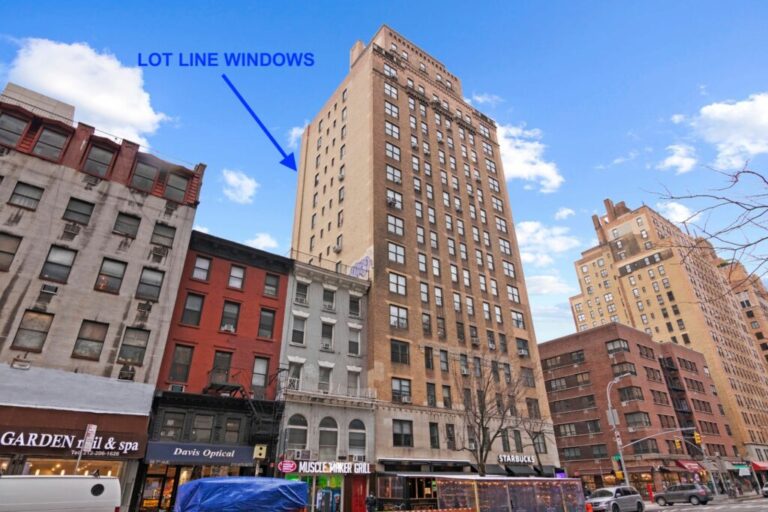In New York City, where the skyline is ever-evolving and the real estate market is as dynamic as its population, new building codes are shaping the future of construction, sustainability, and safety standards. The impact of these regulations is profound, influencing everything from architectural designs to the costs of development and the market value of properties. For real estate professionals trained at Corofy real estneate school and through organizations like Spiralny, understanding these changes is crucial to navigating the market effectively.
Introduction to New Building Codes in NYC
New York City’s building codes are updated periodically to respond to various needs, including environmental sustainability, technological advancements, and safety improvements. These codes affect residential and commercial properties and are intended to make buildings safer, more energy-efficient, and better suited to the modern demands of urban living.
Key Areas of Impact
- Sustainability and Energy Efficiency
- Recent updates to building codes have placed a significant emphasis on sustainability, pushing developers to adopt greener practices and incorporate energy-efficient technologies. These changes are aligned with broader citywide goals to reduce carbon emissions and promote environmental responsibility.
- Safety Enhancements
- Enhancements in safety standards aim to protect residents from fire, structural failures, and other hazards. The tragic incidents in the past have spurred stricter regulations, which now dictate everything from construction materials to emergency exit designs.
- Accessibility
- Improving accessibility for people with disabilities has also been a focal point of recent code updates. New regulations ensure that buildings are accessible to everyone, promoting inclusivity in all new developments.
Effects on the Construction Industry
The implementation of new building codes has a direct impact on the construction industry in NYC. Developers, architects, and builders must adapt to these regulations, which can sometimes mean increased costs and extended project timelines.
Increased Construction Costs
- Compliance with enhanced safety and environmental standards often requires more expensive materials and advanced technology. While this can increase initial costs, it is usually offset by long-term savings in energy efficiency and durability.
Training and Compliance Challenges
- Ensuring that all parties involved in construction are up-to-date with new codes requires extensive training and adjustment. Institutions like Corofy real estate school provide crucial education on these regulations to real estate professionals.
Impact on Real Estate Market
Property Values
- Buildings that are constructed or renovated in compliance with newer, stricter codes tend to have higher market values. They are safer, more energy-efficient, and often feature modern amenities that attract buyers.
Market Differentiation
- Properties that adhere to the latest building codes can distinguish themselves in a competitive market. This is especially true in NYC, where buyers and tenants are increasingly aware of and interested in sustainability and safety features.
Insurance and Liability
- Compliance with the latest building codes can also affect insurance rates and liability. Buildings that are up to code are less likely to incur damages from accidents or natural disasters, which can lead to lower insurance premiums.
Challenges for Real Estate Professionals
For real estate professionals, the new building codes represent both a challenge and an opportunity. Agents and brokers need to understand these codes thoroughly to advise their clients accurately, whether they are buying, selling, or developing property.
Educational Requirements
- Keeping up with building code changes requires ongoing education. Real estate professionals often participate in courses offered by Corofy real estate school or consult with experts from Spiralny to stay informed.
Client Consulting
- Real estate agents must be able to explain the implications of the building codes to clients, particularly how they impact property valuation and long-term investment potential.
Navigating Permits and Approvals
- The complexity of obtaining permits and approvals has increased with the introduction of new codes. Real estate professionals must guide their clients through these bureaucratic processes, ensuring compliance while minimizing delays.
Conclusion
The new building codes in New York City are reshaping the real estate landscape in multiple ways. From construction practices and costs to market values and safety standards, these regulations affect all aspects of the industry. For real estate professionals equipped with the right training, such as that provided by Corofy real estate school and Spiralny, navigating this evolving terrain is a significant responsibility, but also an opportunity to lead in a market that values safety, sustainability, and efficiency. As NYC continues to grow and change, staying informed and adaptable is key to success in the real estate field.

